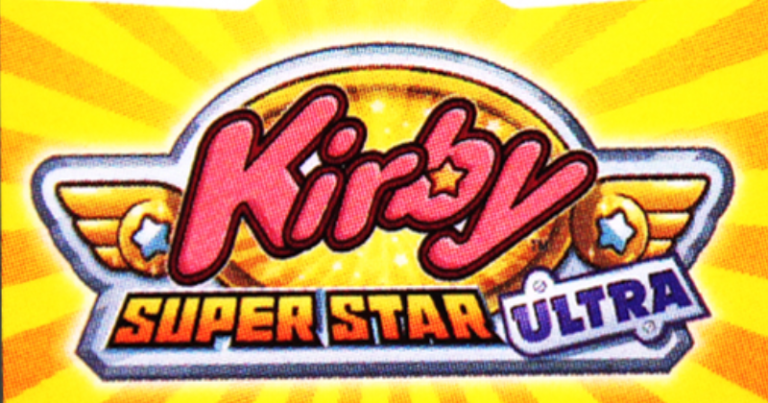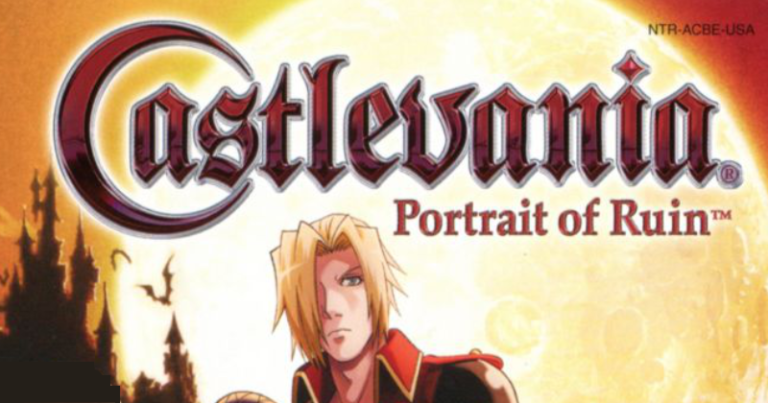Posted inNintendo DS
Review – Kirby Super Star Ultra (NDS)
A few months ago, I put out a request to my friends online to recommend some DS games. The key was, I felt that I was stuck in a rut and I wanted something different that I wouldn’t likely even consider normally. After several good suggestions, I decided on Kirby Super Star Ultra. I’ve played Kirby’s Dreamland and Kirby’s Adventure many years ago and I’m pretty sure they were alright. I have this unnatural love for Kirby’s Pokemon clone Jigglypuff. It was a platform game, something I generally enjoy a lot. I ended up picking it up. Ok, gambling on…


